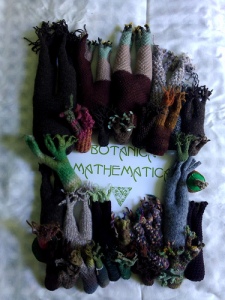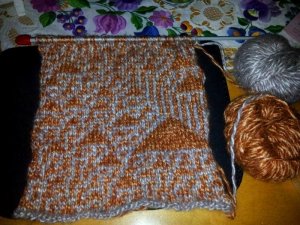 As we reach the end of 2013, it’s time to pause and take stock of all the wonderful things Botanica Mathematica has produced over the year. Join us at ICMS for a public lecture about the project, including the mathematical ideas behind the patterns, the classification of all the specimens we’ve been sent, and all the crazy directions that people have taken the project in!
As we reach the end of 2013, it’s time to pause and take stock of all the wonderful things Botanica Mathematica has produced over the year. Join us at ICMS for a public lecture about the project, including the mathematical ideas behind the patterns, the classification of all the specimens we’ve been sent, and all the crazy directions that people have taken the project in!
The talk is 6-7pm on Tuesday 10 December, at 15 South College Street. Tickets are free but limited, so book yours today at Eventbrite: https://botanica-mathematica.eventbrite.co.uk/. The event will be followed by drinks and mince pies, and a chance to see the full Botanica Mathematica collection.
This lecture is actually the third in a trilogy of talks celebrating Maths for Planet Earth. As this year draws to a close, we will be starting to think about 2014 and what new projects might be in store. 2014 will be the International Year of Crystallography and also the 400th anniversary of the invention of logarithms in Edinburgh by John Napier. Tell us what ideas you have for a new maths/textiles science communication project!


